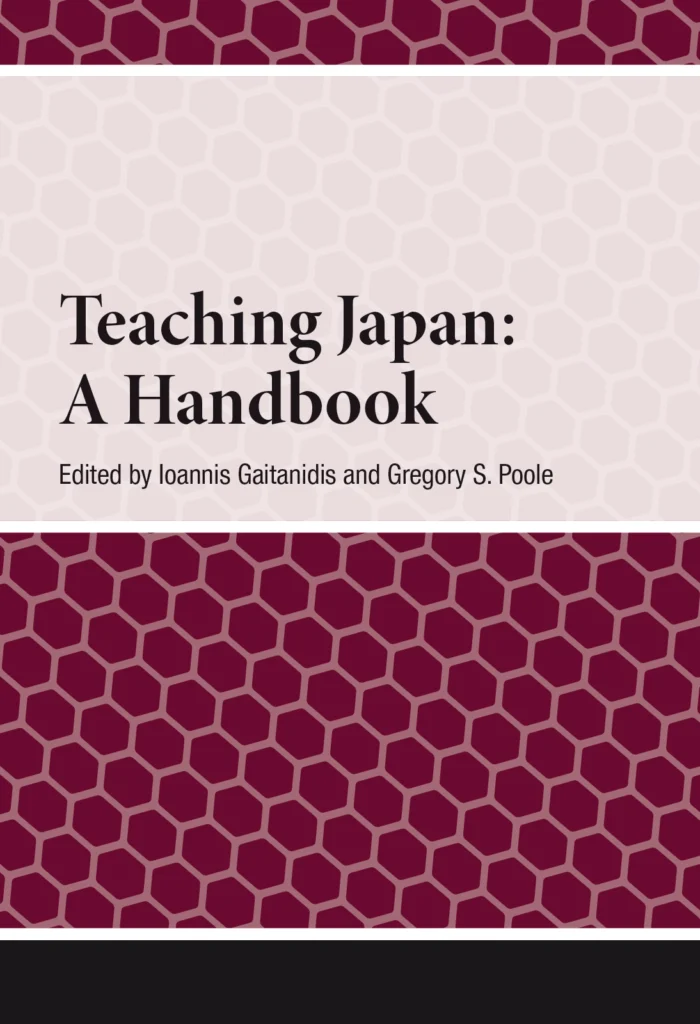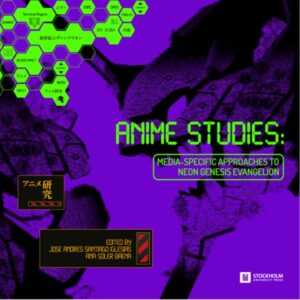Roundtable for TheCambridge Companion to Manga and Anime
Featuring editor Jaqueline Berndt (Stockholm University), and contributors Akiko Sugawa-Shimada (Yokohama National University), Patrick W. Galbraith (Senshu University), Bryan Hikari Hartzheim (Waseda University), and Stevie Suan (Hosei University)
February 19th, 17:30-19:30
Hosei University, Ichigaya Campus
Ouchiyama Building, Room Y401
Online attendance is available, please sign up here:
https://forms.gle/bxwWaA34KU4EHqiH7
This roundtable foregrounds contributors’ experiences with The Cambridge Companion to Manga and Anime: reading each others’ chapters and rereading one’s own in context, considering teaching applications in different settings, and looking ahead to potential future research within and without Japan studies.
The Cambridge Companion to Manga and Anime, edited by Jaqueline Berndt (Cambridge University Press 2024), addresses manga and anime as media forms. Their companionship may be obvious from the perspective of non-Japanese fan cultures or research fields invested in Japanese popular culture, franchising, and classroom pedagogy. But as comics and animations, manga and anime also diverge, and not all types of manga and anime interconnect easily. To conjoin them as two distinct while interrelated media forms, this Companion is divided into thematic sections that, in principle, consist of two chapters, one taking the perspective of manga studies and the other taking the standpoint of anime research. These thematic sections stretch from investigating textual forms such as visuals, voice, serial narrative, and characters to genres and forms of production, distribution, and use. The prevailing form-conscious approach results from the central position ceded to mature readers and viewers, acknowledging their imaginative and critical agency. More importantly, it allows to foreground analytical tools that are applicable to changing contents and situations, up to and including non-Japanese productions and usages of the two media forms.
“Manga” is often translated as Japanese comics, just as “anime” is frequently generalized as Japanese animation. But scholarly interest in manga and anime has expanded beyond Japanese studies in recent years. This Companion limits its scope to comics and animations that are recognized as manga and anime on a global scale, which are also the types that interconnect easily. The main emphasis is on entertaining fiction and, most specifically, serial narratives. Professional and official, that is, corporate productions are prioritized. In addition, this Companion confines itself to Japanese productions. But the underlying motivation is not to emphasize nationally specific concepts at the cost of transnational flows or to generate knowledge about Japanese culture utilizing manga and anime. Instead of manga/anime studies serving Japanese studies, the latter’s expertise aids the exploration of manga and anime as locally situated transcultural media forms. All contributions are based on primary Japanese-language sources and intimate knowledge of public, subcultural, and academic discourses concerning manga and/or anime. In equal measure, the individual chapters draw on globally shared, mainly English-language scholarship in comics studies and animation studies. While these new research fields facilitate the focus on manga and anime’s media specificity, familiarity with the particularities of the Japanese environment and its histories helps balance media specificity and transmediality.
Providing insights into the media forms themselves through deliberately analyzed examples and concurrently introducing up-to-date scholarship in an accessible style, this Companion offers an authoritative model for research in the burgeoning research fields of manga studies and anime studies to newly interested and highly experienced readers.





